With a 105km long coastline, clean seawater environment, high salinity and stable year-round is an ideal habitat for aquatic species. Based on the natural conditions and advantages of each region, functional sectors and coastal localities have done a good job of planning, propagating and mobilizing farming households to choose suitable farming objects; at the same time, promoting the transfer of science and technology, doing a good job of disease prevention and control, helping people to produce smoothly. In Dam Nai area (Ninh Hai), from the orientation of local Party committees and authorities, oyster farming activities have developed quite rapidly, bringing a stable source of income to farming households. Mr. Nguyen Thanh Duy, Khanh Hoi village, Tri Hai commune, shared: His family currently has 15 oyster cages, each cage is over 6m2, thanks to rotation farming, oysters can be harvested all year round. After 4 months of farming, the oysters reach a weight of 12-15 pieces/kg, with a selling price of 30,000 VND/kg, each oyster cage brings in an income of about 30 million VND/crop. The advantage of oyster farming is low investment costs, little care, high productivity, so it attracts many farming households, with the current number of 1,007 cages, the output reaches over 1,300 tons/year, mainly concentrated in Tri Hai, Ho Hai, Tan Hai communes and Khanh Hai town.
Model of squid farming in a semi-natural environment at sea using HDPE technology by Mr. Nguyen Ba Ngoc, Thanh Hai commune (Ninh Hai). Photo: Hong Lam
In addition, other farming models such as lobsters, snails, crabs, and marine fish are also expanding their farming areas in coastal districts. According to statistics from the Department of Fisheries, the whole province currently has 222 floating rafts and about 1,000 submerged cages for raising lobsters and 800 fish cages in the sea areas of Binh Tien, My Tan, Ca Na, An Hai, sea areas C1, C2. Since the beginning of the year, the weather has been favorable, commercial farming objects have grown and developed well; in particular, the demand for consumption markets has increased and the selling price has been stable, most farmers have made a profit.
More notably, the trend of offshore aquaculture in recent years has received attention and focus. Implementing the Project on developing marine aquaculture to 2030, with a vision to 2045 in the province according to Decision No. 1664/QD-TTg dated October 4, 2021 of the Prime Minister , relevant agencies and localities have synchronously implemented solutions and policies to support people in applying modern farming technology, and done a good job of planning; thereby, initially attracting a number of organizations and businesses to invest, opening up new development prospects for marine aquaculture. A typical example is the jumping squid farming model of Mr. Nguyen Ba Ngoc. In 2019, he boldly invested in 2 cages using HDPE technology, with a scale of nearly 3,000m2 to raise parent squid for eggs and commercial farming in the C3 sea area of Thanh Hai commune (Ninh Hai), each cage produces an average of 7 tons of squid, bringing in an income of 400-500 million VND/crop. Mr. Ngoc said: Raising semi-natural squid does not require much care, food is available in the marine environment, so investment costs are significantly reduced. I hope that in the coming time, the local government will create conditions to expand the scale of production, and link with people to develop the aquaculture industry.
People raise cobia in Dam Nai area.
Recently, Super Truong Phat Plastic Group Joint Stock Company has also proposed to implement a high-tech marine aquaculture project in the C2, C3, C4 sea areas with an area of 100 hectares of sea surface, a design capacity of 400 round fish cages and 4,000 square seaweed cages, with a total investment of 230 billion VND. Implementing the direction of the Provincial People's Committee, the Department of Agriculture and Rural Development is currently coordinating with functional agencies and Ninh Hai district to focus on guiding legal procedures as well as organizing the adjustment of the location, boundaries, and coordinates of the sea area to suit the project's early implementation.
Comrade Nguyen Khac Lam, Deputy Director of the Department of Agriculture and Rural Development, said: Towards the goal that from now to 2030, the total marine farming area in the province will reach 1,395 hectares, the cage volume will be 200,000 m3, and the output will reach 5,000 tons, the Department will focus on directing its affiliated units to strengthen control and strictly manage the planned farming areas; regularly summarize and evaluate effective marine farming models to propagate, disseminate, and guide people to apply; strengthen monitoring and disease prevention. Along with that, advise the Provincial People's Committee to develop policies and mechanisms to encourage and attract investment in marine farming in the direction of applying advanced and modern technology; focus on market development, promote trade and consumption of seafood...
Hong Lam
Source


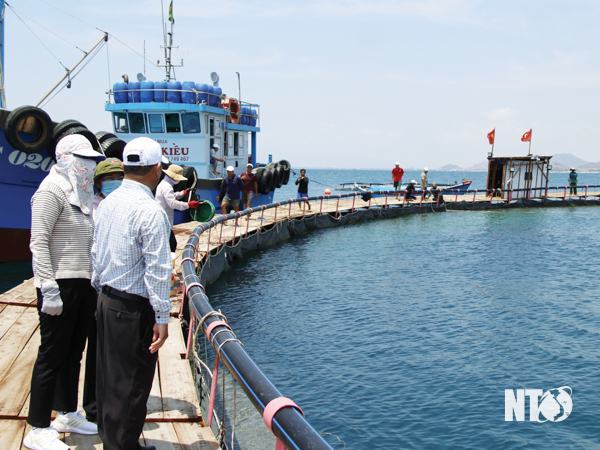
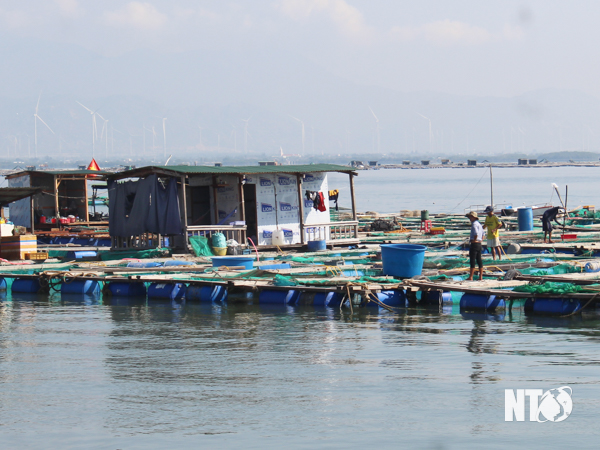






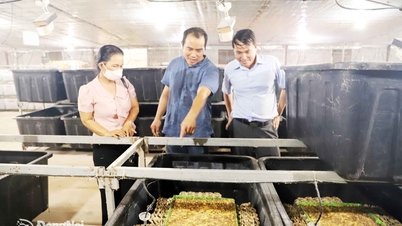

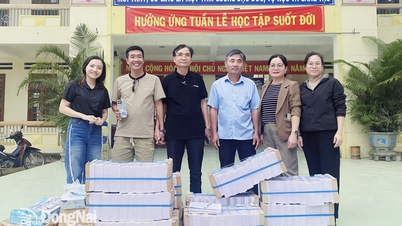
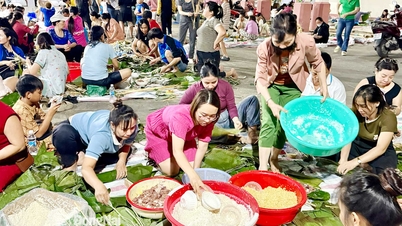
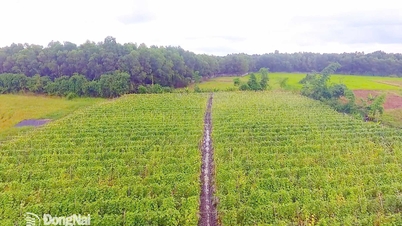
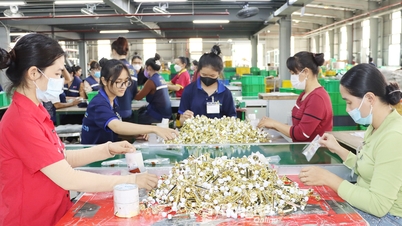
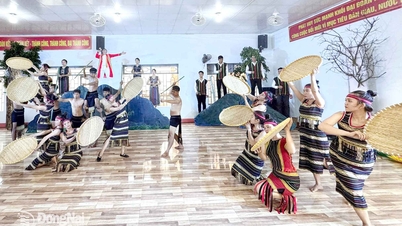
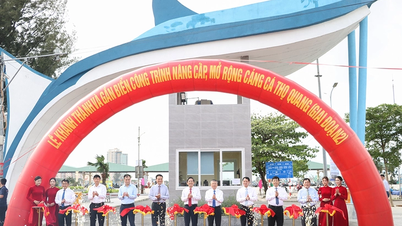





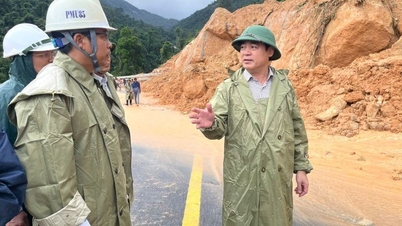

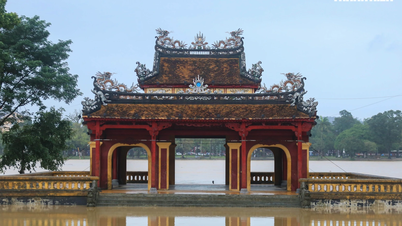





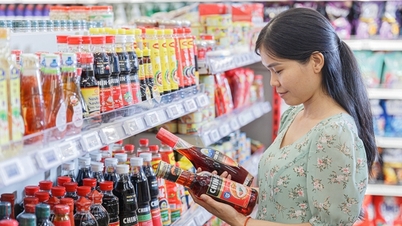

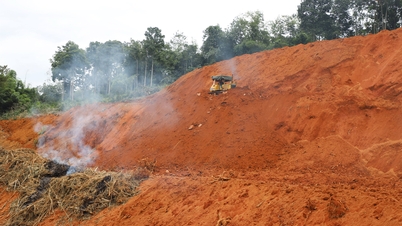
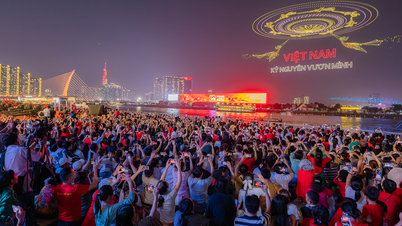



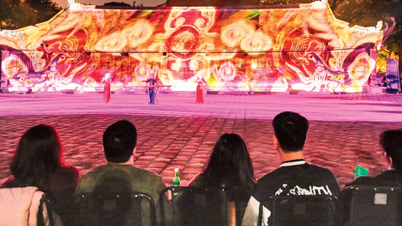

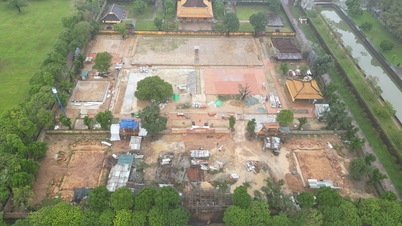





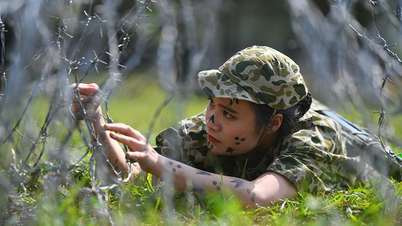


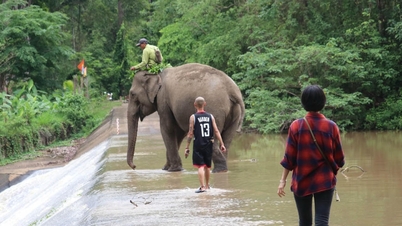




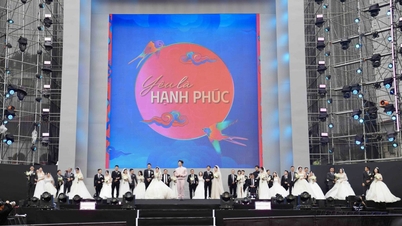

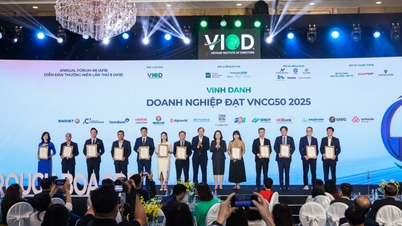
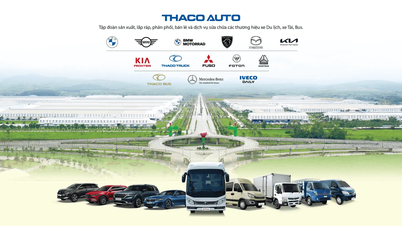
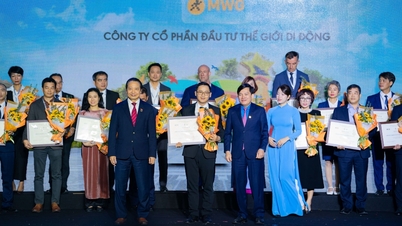
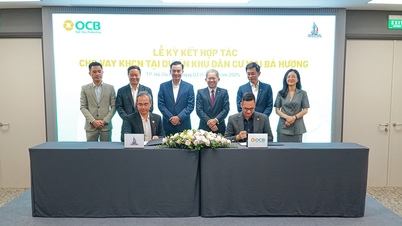







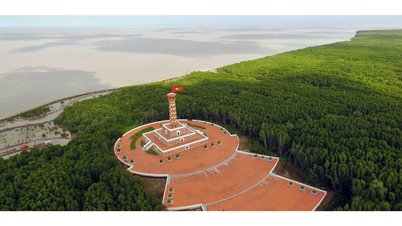
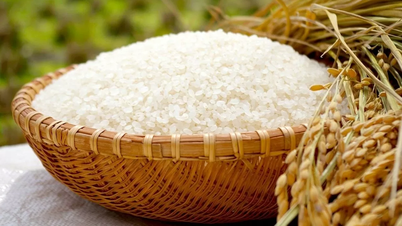

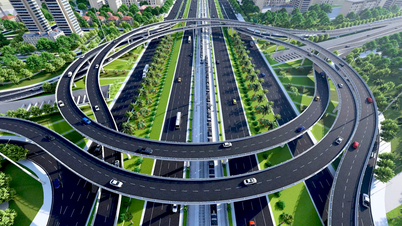

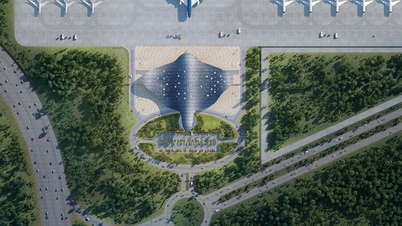

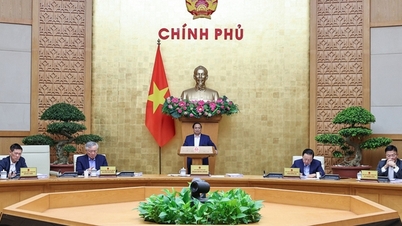


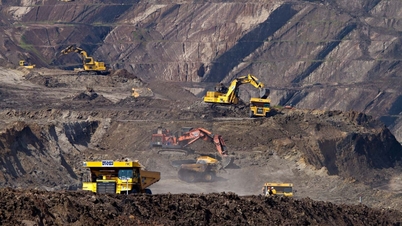

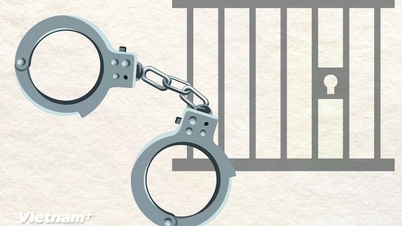

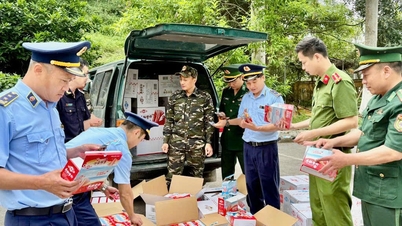
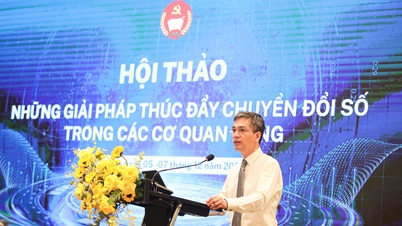
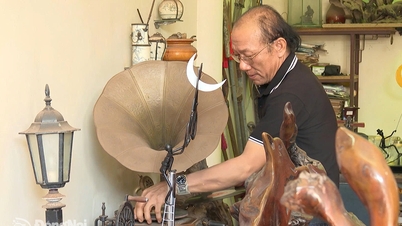
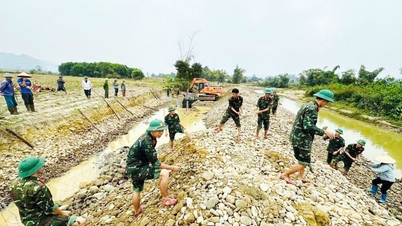

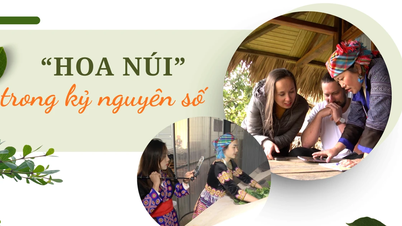

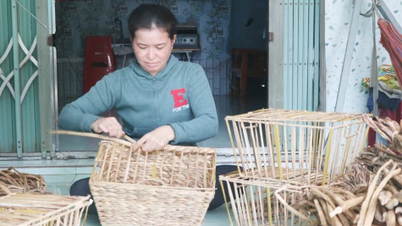

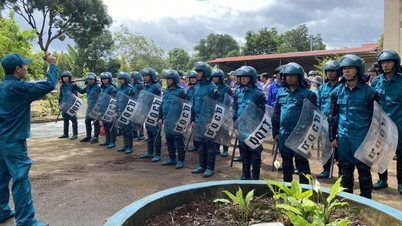

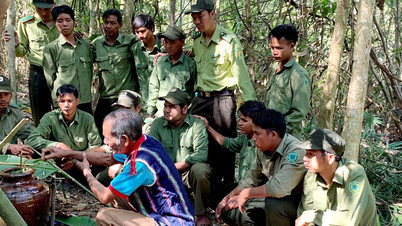









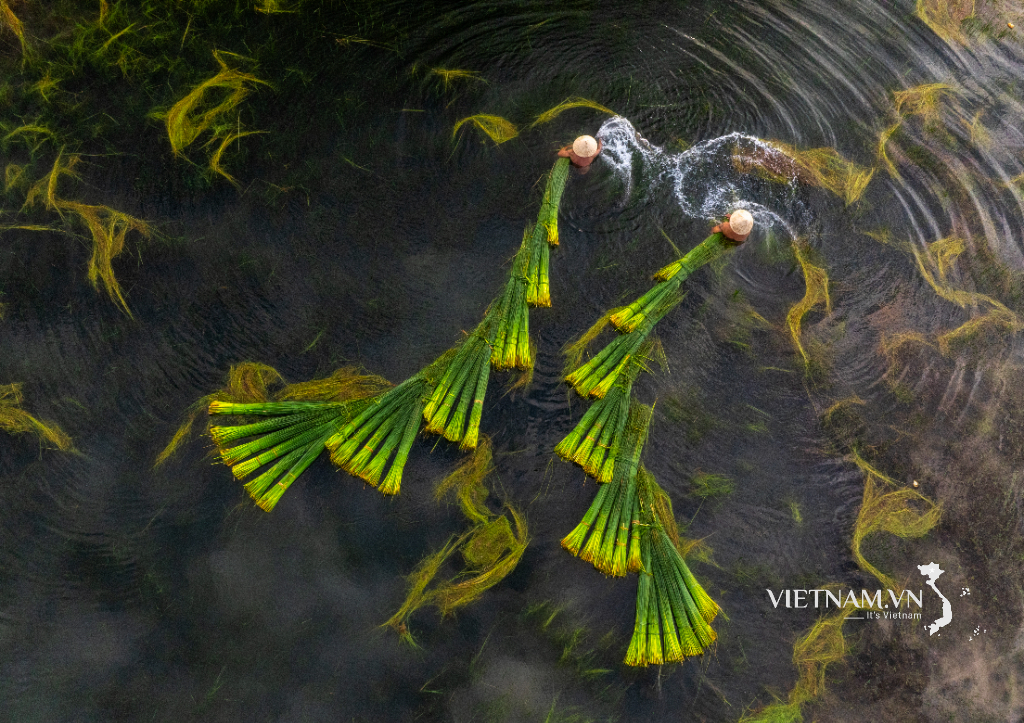







Comment (0)